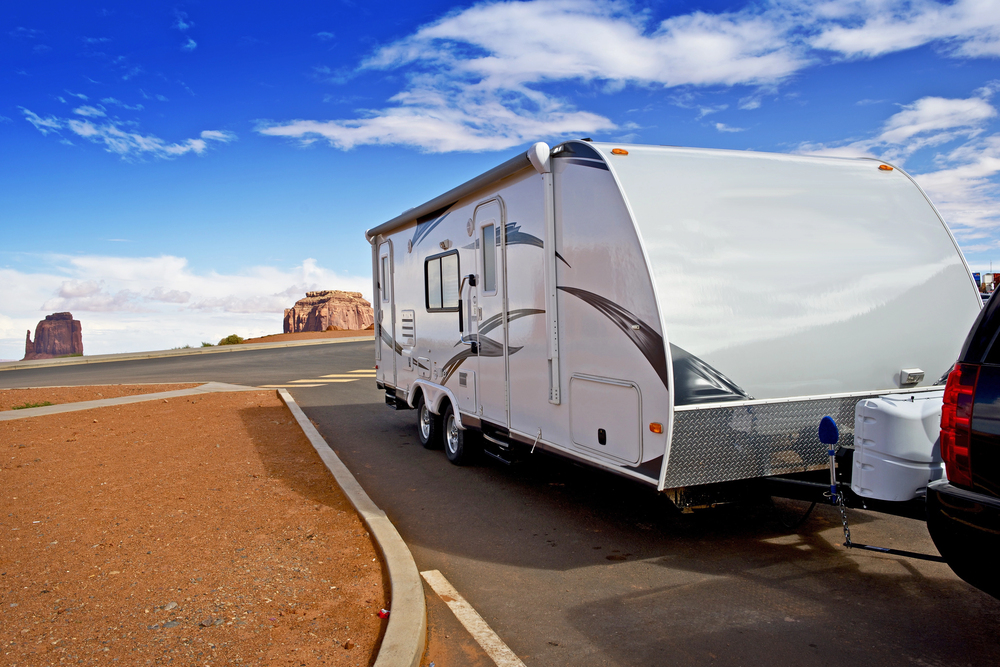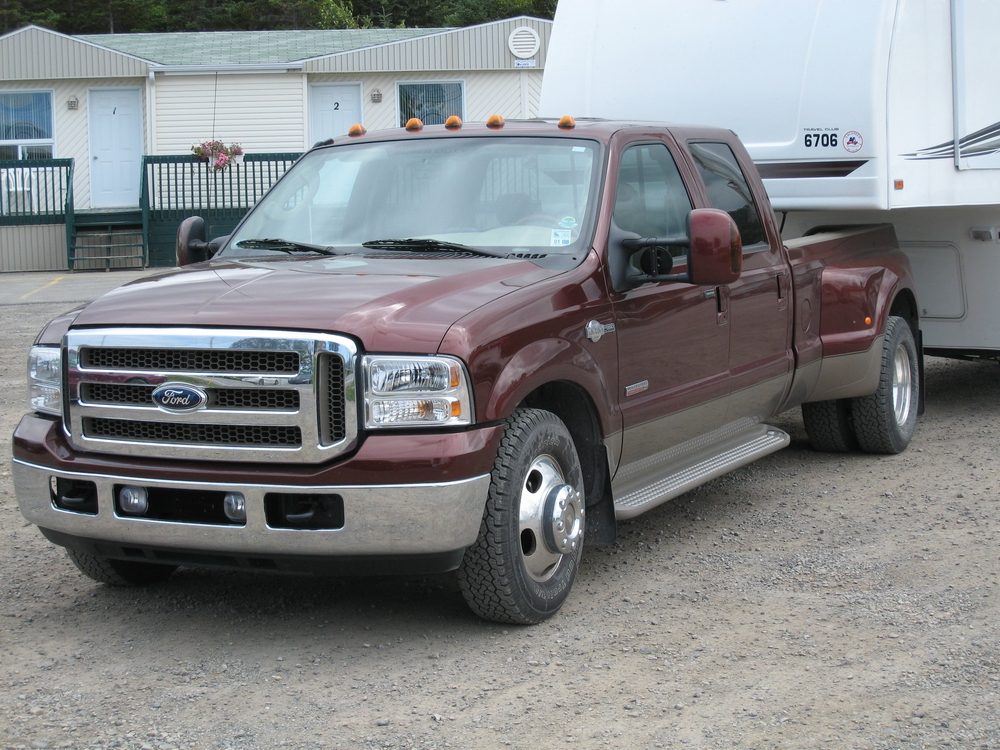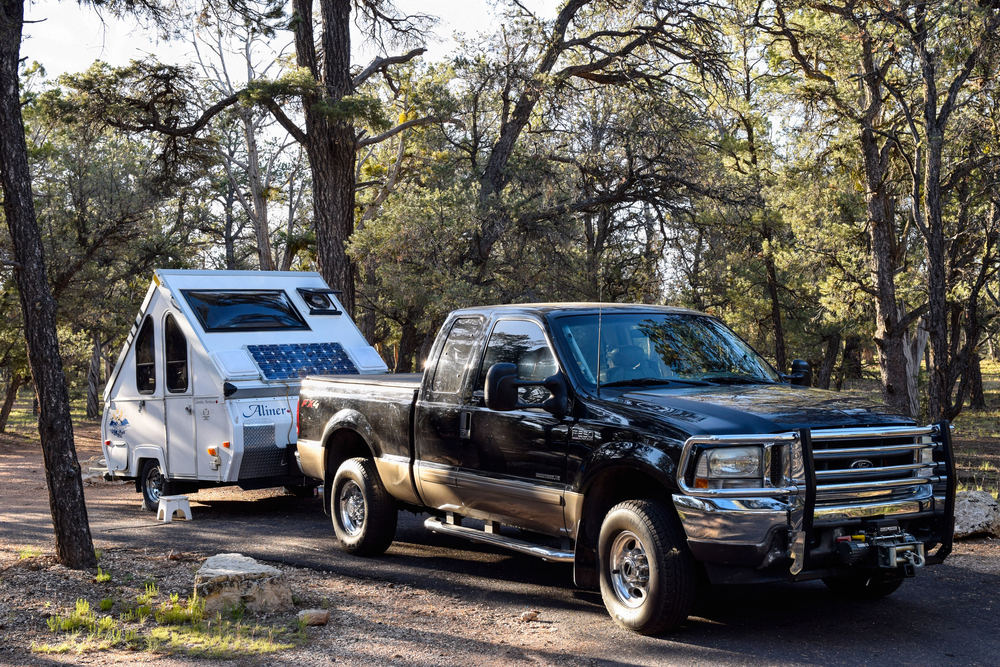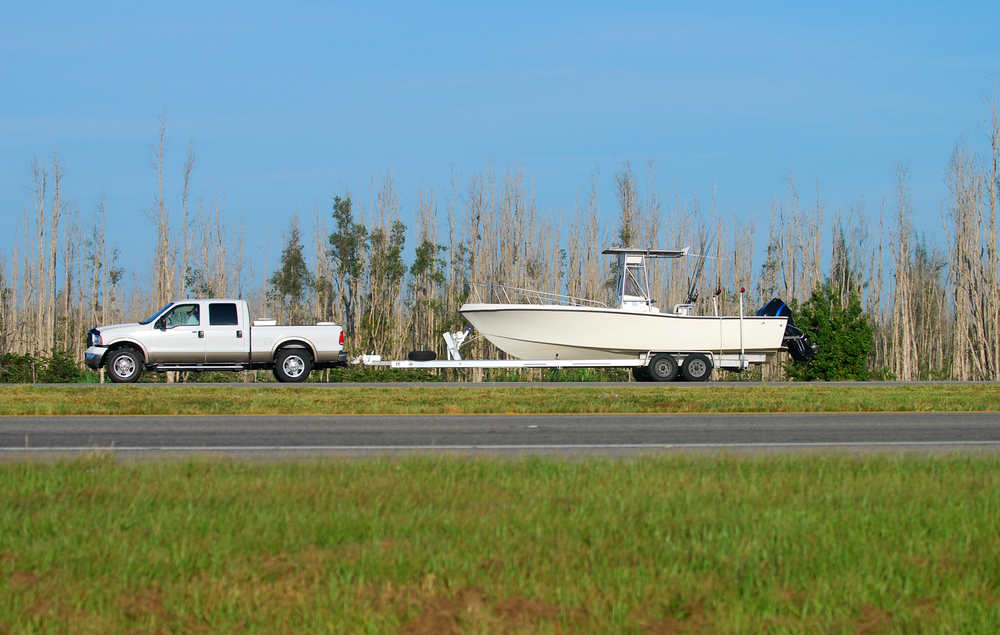Wondering the difference between interstate and intrastate trucking?
Trying to transport goods to a new location but not sure whether your cargo falls under interstate or intrastate trucking? Knowing the difference is critical to ensuring compliance with regulations and avoiding unnecessary fines. This blog will guide you through the differences between interstate and intrastate trucking and help you understand how to choose the right option for your hauling needs. By the end, you’ll not only know the main differences, but you’ll also learn how to stay compliant with the applicable laws and regulations in either case.
What Is The Difference Between Interstate and Intrastate Trucking?
Before examining the two closely, let’s clearly define interstate vs intrastate trucking:
- Interstate Trucking involves transporting goods across state lines. The key here is that commerce happens between two or more states—even if the truck doesn’t physically cross state borders. For example, transporting a load from California to Nevada falls under interstate trucking.
- Intrastate Trucking, on the other hand, refers to transporting goods within a single state’s boundaries. For instance, moving goods from Los Angeles to San Francisco would be intrastate trucking.
It’s worth noting that what categorizes goods as interstate or intrastate depends on their origin and final destination, not just the truck’s route. Goods moving internationally (such as U.S. to Canada) also fall under interstate trucking via interstate commerce.

Interstate Trucking
Interstate trucking stands at the core of national and international logistics. Here’s a deeper look at what it involves:
Interstate driving involves transporting goods across state lines and requires compliance with specific federal regulations and age requirements. Commercial drivers must complete specialized training to meet these legal definitions and requirements.
Common Trucks Used
Interstate trucks are specifically designed for long-haul and regional transportation, featuring larger size and load capacity compared to intrastate trucks. These vehicles must adhere to regulatory requirements such as obtaining a DOT number and operating authority, which are crucial for understanding the legal implications of interstate transportation.
Key Features of Interstate Trucking
- Crossing State or National Borders: Goods transported from one state to another—or internationally, such as between the U.S. and Mexico or the U.S. and Canada—fall under interstate trucking regulations.
- Common Trucks Used: Interstate trucking often involves heavy-duty vehicles such as tractor-trailers, flatbed trucks, and tanker trucks capable of hauling large loads.
- Regulated by Federal Rules: Federal Motor Carrier Safety Administration (FMCSA regulations) govern interstate trucking. These include commercial driver’s license requirements, hours of service limits, and safety rules. It is crucial to understand the differences between interstate vs intrastate trucking, as each has distinct requirements, regulations, and job prospects.
- Higher Insurance Requirements: Interstate truckers must maintain higher liability insurance coverage, often at least $750,000 or more, depending on the nature of the freight.
- Operating Authority: Interstate carriers must have an active USDOT number and obtain an MC number (also known as operating authority), granting them permission to operate across state lines.
Example Scenarios
- An interstate load of goods leaving Texas for Louisiana.
- Transporting hazardous materials (which require compliance with additional federal regulations).
- Delivering goods from New York to Ohio using large tractor trailers.

Intrastate Trucking
Intrastate trucking is more localized, serving businesses that need to transport goods within state borders. Businesses engaged in intrastate commerce must adhere to specific state regulations rather than federal ones, which differentiates it from interstate commerce. Here’s what you should know:
Common Trucks Used
In intrastate trucking, the types of vehicles used can vary significantly from those used in interstate trucking. Intrastate trucks often include smaller, more specialized vehicles that are designed to meet state-specific requirements and regulations.
Key Features of Intrastate Trucking
- Within State Borders: Intrastate trucking involves transporting goods within the boundaries of a single state.
- Common Trucks Used: Intrastate operations often rely on smaller vehicles like dump trucks, garbage trucks, box trucks, and concrete mixing trucks.
- State-Specific Regulations: Each state has its own rules, such as state DOT numbers and mandates for operational compliance. It’s crucial to understand the differences between interstate vs intrastate trucking, as interstate trucking allows for the transportation of goods across state lines, while intrastate trucking is limited to within a single state.
- Lower Insurance Requirements: Although minimum insurance requirements vary by state, they tend to be lower than those required for interstate operations.
- Shorter Routes: Intrastate trucking businesses often manage shorter routes, making them suited for local deliveries or short-haul services.
Example Scenarios
- Intrastate truckers transporting construction materials within Michigan’s state boundaries.
- Hauling goods from Dallas to Austin in Texas without crossing into other states.
Interstate Commerce Rules and Regulations
Interstate commerce rules and regulations are governed by the Federal Motor Carrier Safety Administration (FMCSA), ensuring that interstate trucking operations adhere to stringent standards when crossing state lines or national borders. These regulations are designed to enhance safety and efficiency in the trucking industry.
Intrastate Regulations and Requirements
Intrastate trucking operations, which operate within a single state’s borders, are subject to state-specific regulations that can vary significantly from federal rules. Understanding these requirements is crucial for intrastate truckers to remain compliant and avoid penalties.

Regulations and Compliance
Understanding the rules governing interstate and intrastate trucking is essential for meeting compliance standards. It is important to understand the differences between interstate vs intrastate trucking, as interstate trucking allows for the transportation of goods across state lines, while intrastate trucking is limited to within a single state, each with its own set of regulations. Here are the main regulatory distinctions:
Federal and State Rules
- Interstate Trucking: Governed by federal regulations via FMCSA, covering hours of service, safety records, driver qualifications, and gross vehicle weight limits. Federal rules also require interstate carriers to register with the USDOT.
- Intrastate Trucking: Governed by state rules, which can vary. For example, a specific state may require intrastate carriers to have permits or meet gross combination weight thresholds.
Operating Authority Requirements
- Interstate Carriers: Must acquire a USDOT number and MC number, indicating federal authority to transport across state lines.
- Intrastate Carriers: Some states require intrastate carriers to have a DOT number specific to that state, but an MC number is generally not needed.
Insurance Coverage
- Interstate trucking requires higher liability coverage due to federal rules (minimum $750,000 or more).
- Intrastate insurance requirements differ from state to state but are often less stringent.
Key Considerations
- For hazardous materials or hazardous waste, comply with specialized regulations regardless of type.
- Review your gross vehicle weight and insurance policy to meet applicable legal requirements.

Vehicle Types and Commercial Driver’s License (CDL) Requirements
The type of vehicle used in trucking depends on the nature of the cargo and the distance involved. Additionally, obtaining a Commercial Driver’s License (CDL) is essential for both interstate and intrastate trucking operations.
Vehicle Types Used in Trucking
- Semi-Trucks: Commonly used for interstate trucking, semi-trucks are designed for long-haul freight and can carry large loads across state lines.
- Dry Van Trucks: Often used for intrastate trucking, dry van trucks are versatile and suitable for transporting a variety of goods within a single state.
- Flatbed Trucks: Ideal for hauling oversized or heavy cargo, flatbed trucks are used in both interstate and intrastate operations, depending on the load requirements.
- Dump Trucks: Used for hauling loose materials such as sand or gravel, dump trucks are commonly seen in intrastate trucking, especially in construction and landscaping industries.
- Garbage Trucks: Essential for waste management, garbage trucks operate primarily within state borders, making them a staple in intrastate trucking.
- Concrete Mixing Trucks: These trucks are used for hauling and mixing concrete, playing a crucial role in construction projects within a state.
CDL Requirements
Obtaining a CDL is mandatory for operating commercial vehicles in both interstate and intrastate trucking. The requirements can vary based on the type of vehicle and the state in which the driver is licensed.
- Age Requirements: Typically, drivers must be at least 21 years old for interstate trucking and 18 years old for intrastate trucking.
- Medical Certification: Drivers must pass a medical examination to ensure they are physically qualified to operate commercial vehicles safely.
- Background Checks: A clean driving record and no criminal history are essential for obtaining a CDL. Background checks help ensure that drivers meet these standards.
- Training and Testing: Drivers must complete specific training programs and pass written and practical tests to obtain their CDL. This ensures they are well-prepared to handle commercial vehicles.
By understanding the different vehicle types and meeting CDL requirements, drivers can ensure they are qualified and equipped to handle the demands of both interstate and intrastate trucking operations.
Job Outlook and Career Options in Trucking
Both intrastate and interstate trucking offer excellent career opportunities. Here’s how they compare:
Interstate Trucking
- Best for Small Carriers and Independent Drivers – Interstate trucking provides more opportunities to partner with shippers and brokers for long-haul freight.
- 4% Job Growth Expected – Demand for heavy and tractor-trailer truck drivers is projected to grow by 4% from 2022 to 2032.
Intrastate Trucking
- Best for Shorter Routes and Predictable Schedules – Great option for drivers who value job stability and don’t want to spend extended periods away from home.
- 10% Job Growth Expected – Delivery truck driver positions are expected to grow faster, driven chiefly by last-mile delivery demands.
Choosing the Right Trucking Option
If you’re deciding between interstate and intrastate trucking, here’s what to consider:
- Geography – Will you cross state lines or remain within one state? Understanding the differences between interstate vs intrastate trucking is crucial, as interstate trucking allows for the transportation of goods across state lines, while intrastate trucking is limited to within a single state.
- Truck Type – Heavy loads may require semi trucks or flatbed trucks for interstate hauls, while lighter loads could use bucket trucks for intrastate needs.
- Industry Requirements – If you’re involved in hazardous materials transport, note the tighter safety standards.
Choosing the right type of trucking business ensures compliance and efficiency while matching your needs to the job.

Why Choose Interstate Haulers?
Looking for reliable service to transport your boat, RV, or industrial goods? Interstate Haulers makes cross-state and intrastate transport a breeze. With a fleet of experienced drivers and versatile vehicles, we guarantee safe, hassle-free delivery.
Services We Offer
- Nationwide boat transportation, with or without trailers.
- RV transport, including motorhomes and fifth wheels.
- Industrial trailer hauling for FEMA, public utilities, and more.
Get Started Today
- Request a Quote: Use our instant transport quote form to get started.
- Contact Us: Call (910) 295-2244 now for professional transportation services you can trust.
Resources and Learn More
For more information about trucking, transport regulations, and logistics, check out these helpful resources:
- Federal Motor Carrier Safety Administration (FMCSA) – Stay up to date with federal regulations and safety standards for carriers and drivers.
- American Trucking Associations (ATA) – Explore industry insights, advocacy efforts, and comprehensive trucking statistics.
- Interstate Vs. Intrastate Trucking Guide – Learn the key differences between interstate and intrastate trucking, including legal and operational considerations.
- National Association of Small Trucking Companies (NASTC) – Access valuable resources for small trucking businesses, from compliance tips to business strategies.
- OOIDA Foundation – Discover educational materials and research specifically designed for owner-operators in the trucking industry.
- Commercial Vehicle Safety Alliance (CVSA) – Find safety programs, training, and resources aimed at improving commercial vehicle operations.
- Women in Trucking Association – Explore initiatives, mentorship programs, and events designed to support and empower women in the trucking industry.
- FreightWaves – Stay informed with the latest news, market trends, and analysis focused on the logistics and freight industry.
- Trucker’s Forum – Join a community where truckers can share experiences, advice, and tips on navigating a successful trucking career.
These resources can help you deepen your knowledge and ensure your trucking operations remain efficient and compliant.




